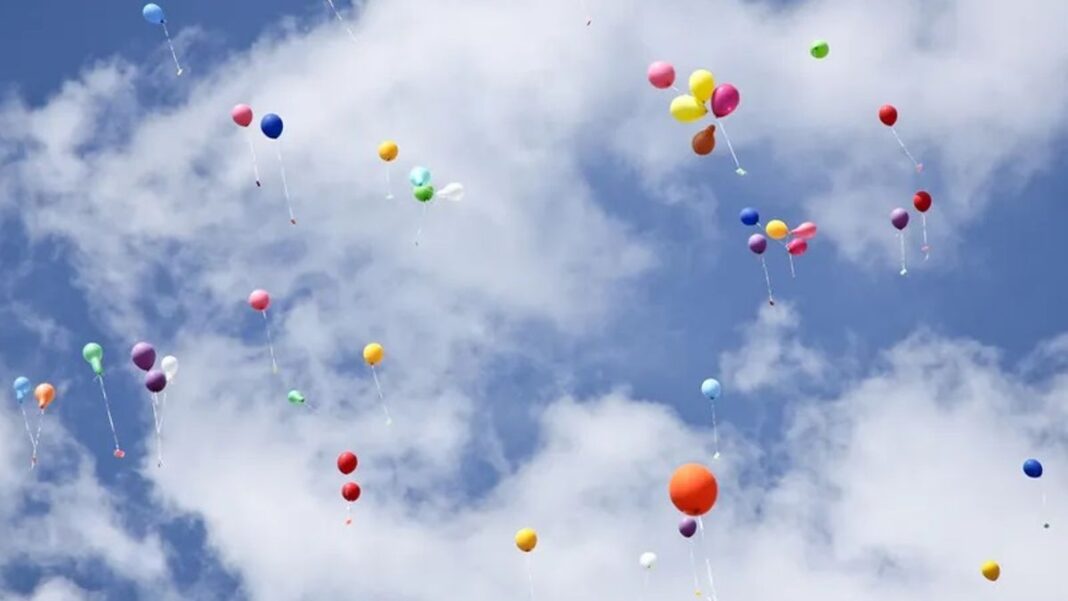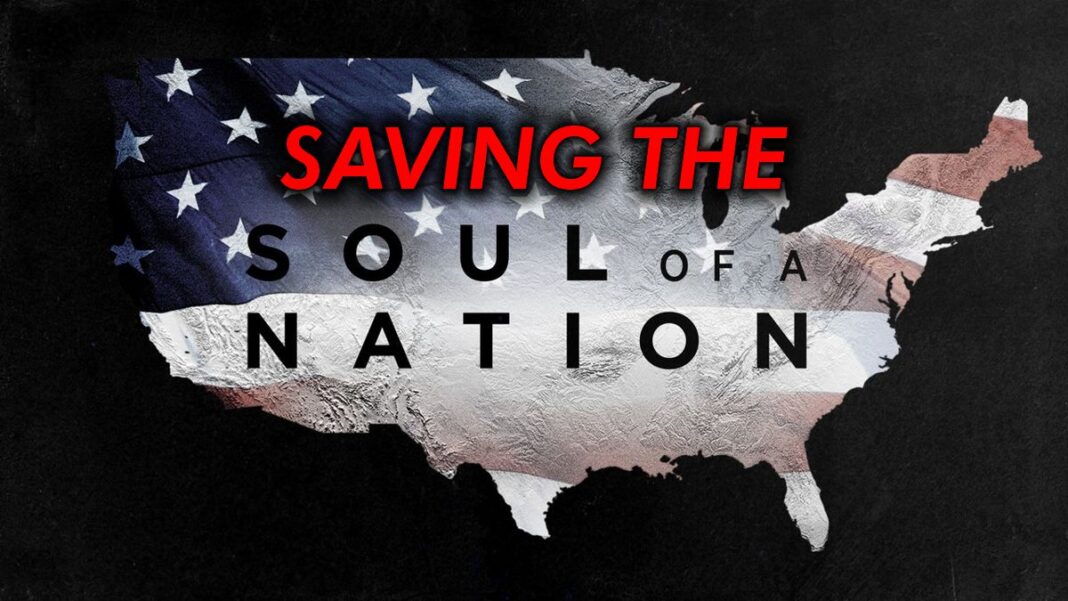Weather balloons are a type of high-altitude balloon specifically used for transporting scientific payloads into our upper atmosphere. They can carry their payloads as high as 130,000 ft. Approximately 800 meteorological weather balloons are released daily at 00:00 and again at 12:00 GMT at locations around the world (1,600 total every day).
These balloons provide a “snapshot” of our earth’s upper atmosphere twice a day. The few launches done by amateurs every day are just a drop in the bucket compared to the 1,600 or so launches done by meteorological organizations around the world.
Though every day, meteorologists launch hundreds of balloons across the country designed to measure winds, pressure, temperatures, and moisture, an airship from China over the US heartland has many officials saying their balloon is more sinister in nature than the Chinese government claims. See below the person responsible for starting all this balloon hullabaloo.
The National Weather Service weather forecast office (WFO), located in Reno, NV, is a participant in the worldwide atmospheric sounding program. There are currently more than 800 radiosonde sites worldwide, with the United States/National Weather Service running or supporting 92 sites in North America and the Pacific region and another ten sites in the Caribbean.
These worldwide soundings are then ingested into the various global and synoptic scale forecast models as a main source of information for the various forecast models to initialize off of and produce forecasts for meteorologists and various other users. These soundings are also used extensively as a real-time data source as well, as the information can be plotted on various thermodynamic diagrams such as Skew-T log-P Diagrams and Stuve Diagrams, providing valuable information to meteorologists. Atmospheric soundings are also used extensively for air pollution models and climate research. See the location of the US sites below and learn more here.
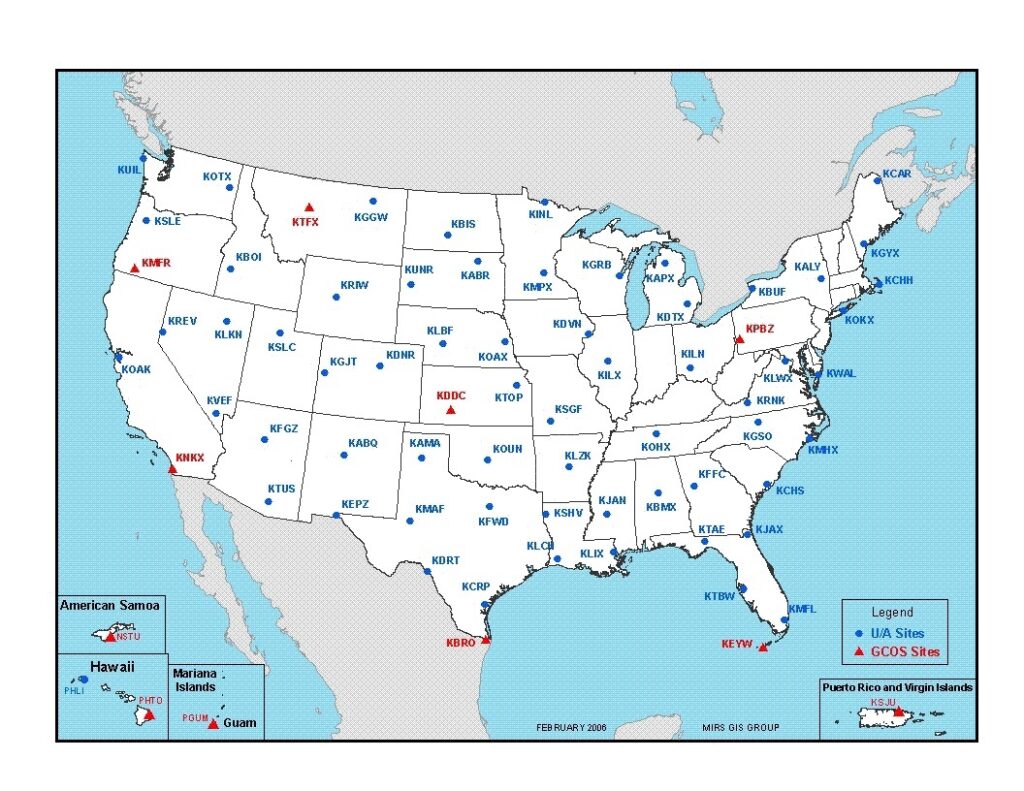
Below is the typical weather balloon configuration. See this in the layout below and learn more here.
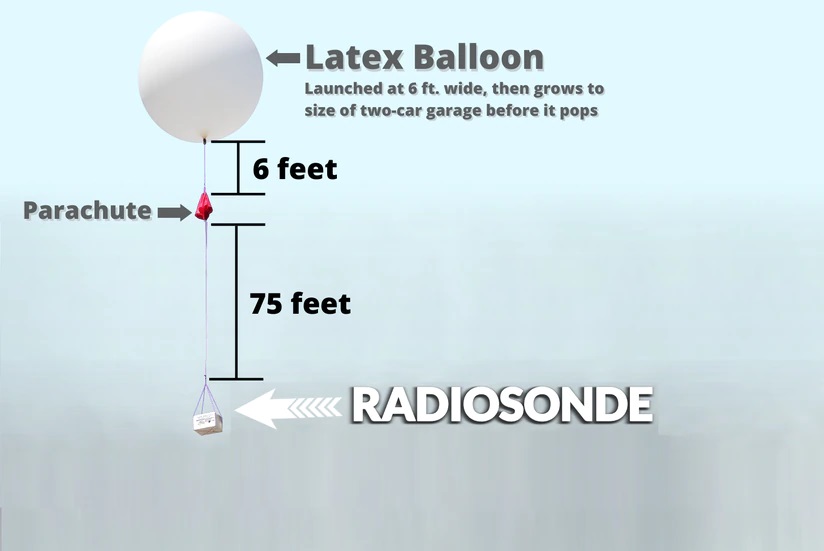
Depending on the prevailing winds aloft, the balloon can also drift more than 125 miles from the release point. However, in calm winds, weather balloons can stay pretty close to their launch point. But since we are now at war with balloons, the small drift is not that relevant when you consider the number of balloons and the number of launch locations.
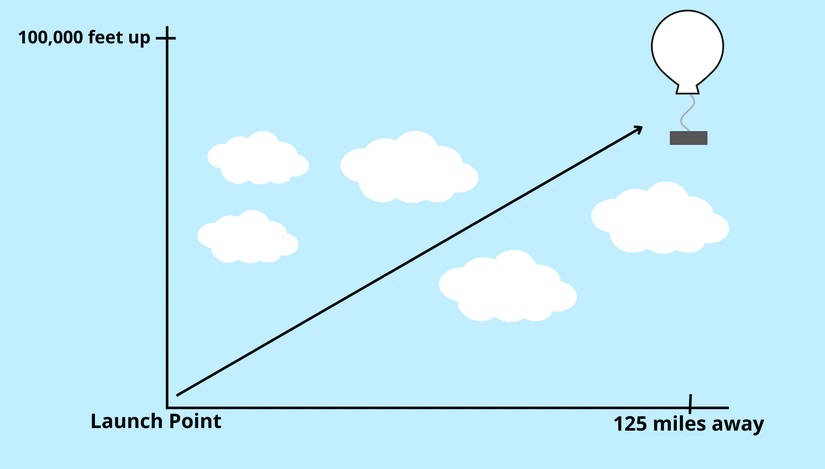
The upper-air program remains vital for providing data to a number of entities and agencies. It serves as perhaps an antiquated method for gathering data in view of today’s modern era but still proves to be quite effective in its mission of sampling the upper atmosphere. Of the approximately 75,000 radiosondes that are released yearly, only about 20% are found and returned for reconditioning. If you happen to be lucky enough to find a radiosonde, follow the directions on the instrument, and use the provided, pre-paid envelope to send the radiosonde back to the National Reconditioning Center.
All this being said about weather balloons, what we saw being floated over America on the initial balloon report is very different than weather balloons. Perhaps the subsequent sighting were weather balloons – though the shapes described (octagonal) were inconsistent with weather balloons, interfered with aircraft instruments, and the government is said not to rule out alien origins.
Regardless of all this, it’s starting to get political, as many things do nowadays. See a montage below of all the politicians crowing about the fears and dangers of balloons and UFOs.
Do we need all these balloons roaming the skies? Accurate forecasts would be almost impossible without weather balloons. It costs about $200 per launch. So if balloons are going to be considered a national security risk, a cheaper alternative will be hard to replace.
I hearken back to a “2023 Prediction” podcast that the Right Wire Report did earlier this year, where we predicted a “UFO psyop attack.” It seems that many of our predictions cited are coming true. Tell us what you think in the comment section below. Are you ready to have our government spend billions of additional dollars chasing balloons and UFOs now to keep us safe?
By Tom Williams

